Home>Technology>Security & Surveillance>Hotel Door Lock System – How It Works
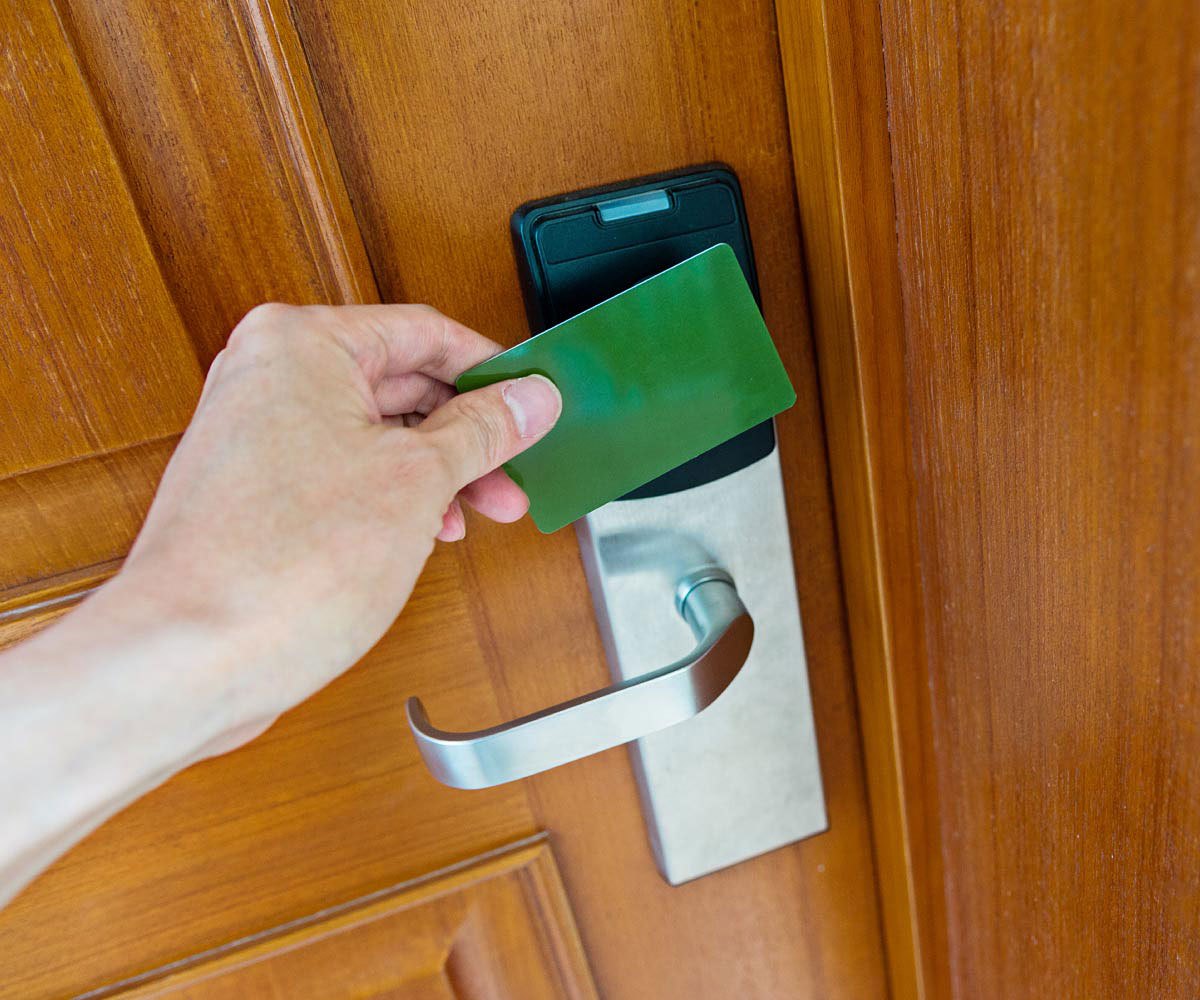

Security & Surveillance
Hotel Door Lock System – How It Works
Modified: January 5, 2024
Learn how the hotel door lock system works to ensure security and surveillance. Explore the technology and features for optimal safety.
(Many of the links in this article redirect to a specific reviewed product. Your purchase of these products through affiliate links helps to generate commission for Storables.com, at no extra cost. Learn more)
Introduction
Hotel door lock systems play a pivotal role in ensuring the security and privacy of guests during their stay. These sophisticated systems are designed to provide convenient access while preventing unauthorized entry, offering peace of mind to both guests and hotel management. In this article, we will delve into the intricate workings of hotel door lock systems, exploring the components, encoding and decoding processes, communication protocols, access control features, as well as maintenance and troubleshooting aspects. By gaining insight into the technology behind these systems, we can appreciate the measures in place to safeguard occupants and their belongings.
The advent of electronic door lock systems has revolutionized the hospitality industry, replacing traditional key and lock mechanisms with advanced solutions that offer enhanced functionality and security. With the integration of keycard access, hotels can streamline check-in processes and manage access permissions with unprecedented ease. Moreover, these systems are designed to withstand tampering and unauthorized duplication, bolstering the overall security infrastructure of the establishment.
Throughout this article, we will unravel the intricacies of hotel door lock systems, shedding light on the underlying technology that fortifies the safety of guests and their possessions. From the encoding and decoding of keycards to the seamless communication between locks and keycards, we will explore the inner workings of these systems. Additionally, we will delve into the various security features and access control measures that are integral to the functionality of hotel door lock systems.
As we navigate through the technical aspects, we will also address the importance of regular maintenance and effective troubleshooting to ensure the optimal performance of these systems. By understanding the maintenance protocols and troubleshooting techniques, hotel staff can uphold the reliability and functionality of the door lock systems, thereby upholding the safety and satisfaction of their guests.
Join us on this insightful journey as we unravel the technology behind hotel door lock systems, gaining a deeper understanding of the mechanisms that safeguard the sanctity of hotel accommodations. Through this exploration, we aim to provide a comprehensive overview of these systems, highlighting their pivotal role in ensuring the security and comfort of guests in the modern hospitality landscape.
Key Takeaways:
- Hotel door lock systems use advanced technology to keep guests safe and secure, replacing traditional keys with encoded keycards and electronic locks.
- Regular maintenance and troubleshooting are crucial to ensure that hotel door lock systems remain reliable and functional, enhancing guest satisfaction and security.
Read more: How To Lock A Hotel Room Door
Components of a Hotel Door Lock System
Hotel door lock systems comprise several key components that work in tandem to provide secure and efficient access control. Understanding the functions of these components is essential in comprehending the overall operation of the system.
- Electronic Lock: At the core of the system is the electronic lock itself, which is installed on each guest room door. These locks are designed to be tamper-resistant and are equipped with mechanisms to prevent unauthorized entry. The electronic lock interfaces with the keycard and communicates with the central management system, facilitating access control and monitoring.
- Keycard: Keycards are the primary means of access for guests. These cards are encoded with specific access permissions and are used to unlock the electronic door lock. They come in various forms, including RFID (Radio-Frequency Identification) cards and smart cards embedded with microchips. The keycard serves as the digital counterpart to traditional metal keys, offering greater convenience and security.
- Central Management System: The central management system serves as the control hub for the entire door lock network within the hotel. It enables administrators to manage access rights, monitor door lock statuses, and generate reports on guest entry and exit activities. This centralized approach streamlines the administration of access control across the property.
- Encoder: The encoder is a device used to program keycards with specific access permissions. It interfaces with the central management system to retrieve guest information and encode the keycards accordingly. The encoder plays a crucial role in ensuring that keycards are personalized and activated for the duration of a guest’s stay.
- Batteries and Power Supply: Given the electronic nature of the door lock system, reliable power sources are essential. Battery-powered locks are common in hotel applications, ensuring that the locks remain operational even during power outages. Additionally, the power supply for the central management system and encoders must be stable to prevent disruptions in access control operations.
These components form the foundation of a hotel door lock system, working together seamlessly to provide secure and convenient access for guests while empowering hotel management with robust control and monitoring capabilities. The integration of electronic locks, keycards, central management systems, encoders, and reliable power sources constitutes a comprehensive solution that enhances the overall security and operational efficiency of the establishment.
Keycard Encoding and Decoding
Keycard encoding and decoding are integral processes that underpin the functionality of hotel door lock systems, enabling the secure transmission of access permissions between keycards and electronic locks. These processes involve the conversion of digital data into a format that can be understood and processed by the respective components of the system.
Keycard encoding begins with the generation of a unique identifier for each guest, which is then linked to their reservation and access rights within the central management system. When a guest checks in, the front desk staff utilizes an encoder to program a keycard with the necessary access permissions, such as the assigned room number and the duration of the guest’s stay. This encoding process involves embedding the guest’s unique identifier and access rights onto the keycard, ensuring that it can unlock the corresponding electronic lock.
Upon presenting the encoded keycard to the electronic lock, the decoding process is initiated. The lock decodes the information stored on the keycard, verifying the guest’s access rights and validating the keycard’s authenticity. This involves a series of cryptographic operations to authenticate the keycard’s data and compare it against the access control parameters set within the lock’s memory. If the keycard is deemed valid and the presented access permissions align with the lock’s parameters, the door is unlocked, granting the guest entry.
Keycard encoding and decoding rely on sophisticated encryption algorithms and secure data transmission protocols to prevent unauthorized duplication and access. The encoding process ensures that each keycard is uniquely tailored to the guest it is assigned to, while the decoding process validates the keycard’s legitimacy before granting access. This dual-layered approach fortifies the security of the system, mitigating the risk of unauthorized entry and enhancing the overall guest experience.
By understanding the intricacies of keycard encoding and decoding, hotel staff can appreciate the meticulous measures in place to safeguard guest accommodations. These processes exemplify the seamless fusion of technology and security, culminating in a reliable and efficient access control system that upholds the privacy and well-being of hotel occupants.
Communication Between Lock and Keycard
The communication between a hotel door lock and a keycard is a pivotal aspect of the access control process, facilitating the exchange of encrypted data that determines whether access should be granted. This seamless interaction is orchestrated through a series of encrypted protocols and validation procedures, ensuring that only authorized keycards can successfully engage with the electronic lock.
When a guest presents a keycard to the electronic lock, the communication sequence is initiated. The lock’s internal circuitry detects the presence of the keycard and establishes a secure channel for data exchange. The keycard transmits its encoded information to the lock, which then undergoes a series of validation steps to authenticate the keycard’s legitimacy and access permissions. This validation process involves cryptographic operations that decrypt the keycard’s data and compare it against the access control parameters stored within the lock’s memory.
Upon successful validation, the lock responds by signaling the actuation of the door mechanism, granting access to the guest. This entire communication sequence occurs within a fraction of a second, ensuring a seamless and efficient entry process for guests while upholding stringent security measures.
The communication between the lock and keycard is fortified by encryption algorithms and mutual authentication protocols, mitigating the risk of unauthorized access attempts and fraudulent activities. By leveraging advanced cryptographic techniques, the system ensures that only genuine and authorized keycards can engage in meaningful communication with the electronic locks, thereby safeguarding the integrity of the access control process.
Moreover, the communication protocols are designed to be resilient against external interference and tampering attempts, further bolstering the robustness of the system. This ensures that the communication between the lock and keycard remains secure and impervious to unauthorized manipulation, thereby upholding the sanctity of the access control infrastructure within the hotel.
By comprehending the intricacies of the communication process between the lock and keycard, hotel staff and guests alike can appreciate the sophistication and reliability of the technology that underpins modern access control systems. This seamless and secure communication mechanism exemplifies the marriage of convenience and security, culminating in a guest-centric approach to access control within the hospitality domain.
When using a hotel door lock system, always make sure to fully close the door behind you before leaving. This ensures that the door is properly locked and secure.
Access Control and Security Features
Hotel door lock systems are equipped with a range of access control and security features that collectively fortify the safety and privacy of guests while streamlining operational management for hotel staff. These features are meticulously designed to mitigate security risks and enhance the overall guest experience, embodying a harmonious blend of technological innovation and robust security protocols.
- Access Permissions: The system allows administrators to define granular access permissions, specifying the areas and timeframes within which guests can enter. This level of control enables hotels to tailor access rights based on guest preferences and operational requirements, ensuring that only authorized individuals can access designated areas.
- Guest Activity Monitoring: The system maintains a log of guest entry and exit activities, providing valuable insights for security and operational purposes. This monitoring capability enables staff to track guest movements and identify any irregularities, bolstering overall security and enabling swift response to any anomalies.
- Emergency Override: In the event of emergencies or maintenance requirements, the system incorporates an override mechanism that enables authorized personnel to access guest rooms without the need for a keycard. This feature ensures that hotel staff can swiftly respond to critical situations while upholding guest safety and well-being.
- Tamper Detection: The electronic locks are equipped with tamper detection mechanisms that trigger alerts in response to unauthorized attempts to manipulate or force entry. These proactive measures serve as a deterrent against tampering and unauthorized access, bolstering the overall security posture of the system.
- Remote Lock Control: The central management system empowers administrators to remotely control the status of electronic locks, enabling them to activate or deactivate specific locks as needed. This capability streamlines maintenance activities and enhances security by enabling swift responses to access control requirements.
These access control and security features collectively form a robust framework that safeguards guest accommodations while empowering hotel staff with efficient management capabilities. By integrating advanced access control mechanisms with proactive security measures, hotel door lock systems uphold the sanctity of guest privacy and security, fostering an environment of trust and comfort for all occupants.
Moreover, the seamless integration of these features exemplifies the commitment to leveraging technology to enhance the guest experience while prioritizing security and operational efficiency. This holistic approach to access control and security underscores the pivotal role of hotel door lock systems in shaping a secure and welcoming environment within the hospitality industry.
Read more: How To Lock A Hotel Door With A Hanger
Maintenance and Troubleshooting
Effective maintenance and troubleshooting practices are essential for ensuring the optimal performance and reliability of hotel door lock systems. By proactively addressing maintenance requirements and swiftly resolving potential issues, hotel staff can uphold the seamless functionality of the access control infrastructure, thereby enhancing guest satisfaction and security.
Maintenance: Regular maintenance tasks encompass the inspection, cleaning, and testing of electronic locks, keycard encoders, and the central management system. This proactive approach helps identify potential issues before they escalate, ensuring that the system remains operational and secure. Additionally, battery checks and replacements for electronic locks are crucial to prevent power-related disruptions.
Software Updates: The central management system and keycard encoders often require periodic software updates to incorporate security patches and feature enhancements. These updates are critical for maintaining the resilience of the system against evolving security threats and ensuring compatibility with the latest technologies.
Troubleshooting: In the event of operational issues or malfunctions, prompt troubleshooting is imperative to minimize disruptions. Hotel staff should be equipped with the knowledge and tools to address common issues such as keycard recognition failures, lock communication errors, and power-related concerns. Access to technical support and documentation is vital for efficient troubleshooting.
Training and Documentation: Comprehensive training programs and detailed documentation should be provided to hotel staff responsible for managing the door lock system. This equips them with the necessary skills to conduct routine maintenance, identify potential issues, and perform troubleshooting procedures effectively.
Vendor Support: Establishing a reliable relationship with the system’s vendor or service provider is essential for accessing timely support and technical assistance. This partnership ensures that any complex maintenance or troubleshooting requirements can be addressed with expert guidance, minimizing downtime and optimizing system performance.
By prioritizing proactive maintenance and efficient troubleshooting, hotels can uphold the reliability and functionality of their door lock systems, thereby enhancing the overall guest experience and reinforcing the establishment’s commitment to security and operational excellence.
Through a combination of regular maintenance, comprehensive training, and responsive troubleshooting practices, hotel staff can ensure that the door lock system remains a steadfast guardian of guest privacy and security, fostering an environment of trust and comfort within the hospitality setting.
Conclusion
Hotel door lock systems represent a sophisticated fusion of technology and security, serving as the vanguards of guest privacy and comfort within the hospitality landscape. The intricate interplay of electronic locks, keycards, and central management systems exemplifies a commitment to seamless access control and robust security measures, underpinning the guest experience with convenience and peace of mind.
As we have explored the components, encoding and decoding processes, communication protocols, access control features, and maintenance practices of hotel door lock systems, it becomes evident that these systems are engineered to transcend traditional security paradigms. By leveraging advanced encryption, mutual authentication, and proactive security measures, they fortify guest accommodations with an impenetrable shield of protection.
Furthermore, the integration of access control features such as granular permissions, guest activity monitoring, emergency overrides, tamper detection, and remote lock control underscores the commitment to empowering hotel staff with efficient management capabilities while upholding the highest standards of security and privacy for guests.
In conclusion, the technology behind hotel door lock systems transcends mere functionality, embodying a commitment to safeguarding the sanctity of guest accommodations while streamlining operational management. By embracing a proactive approach to maintenance and troubleshooting, hotel staff can ensure that these systems remain steadfast guardians of security and convenience, fostering an environment where guests can rest assured in the protection of their privacy and well-being.
As the hospitality industry continues to evolve, hotel door lock systems stand as stalwart sentinels, embodying the marriage of technological innovation and unwavering security, shaping a future where guests can experience the utmost comfort and assurance during their stays.
Frequently Asked Questions about Hotel Door Lock System - How It Works
Was this page helpful?
At Storables.com, we guarantee accurate and reliable information. Our content, validated by Expert Board Contributors, is crafted following stringent Editorial Policies. We're committed to providing you with well-researched, expert-backed insights for all your informational needs.
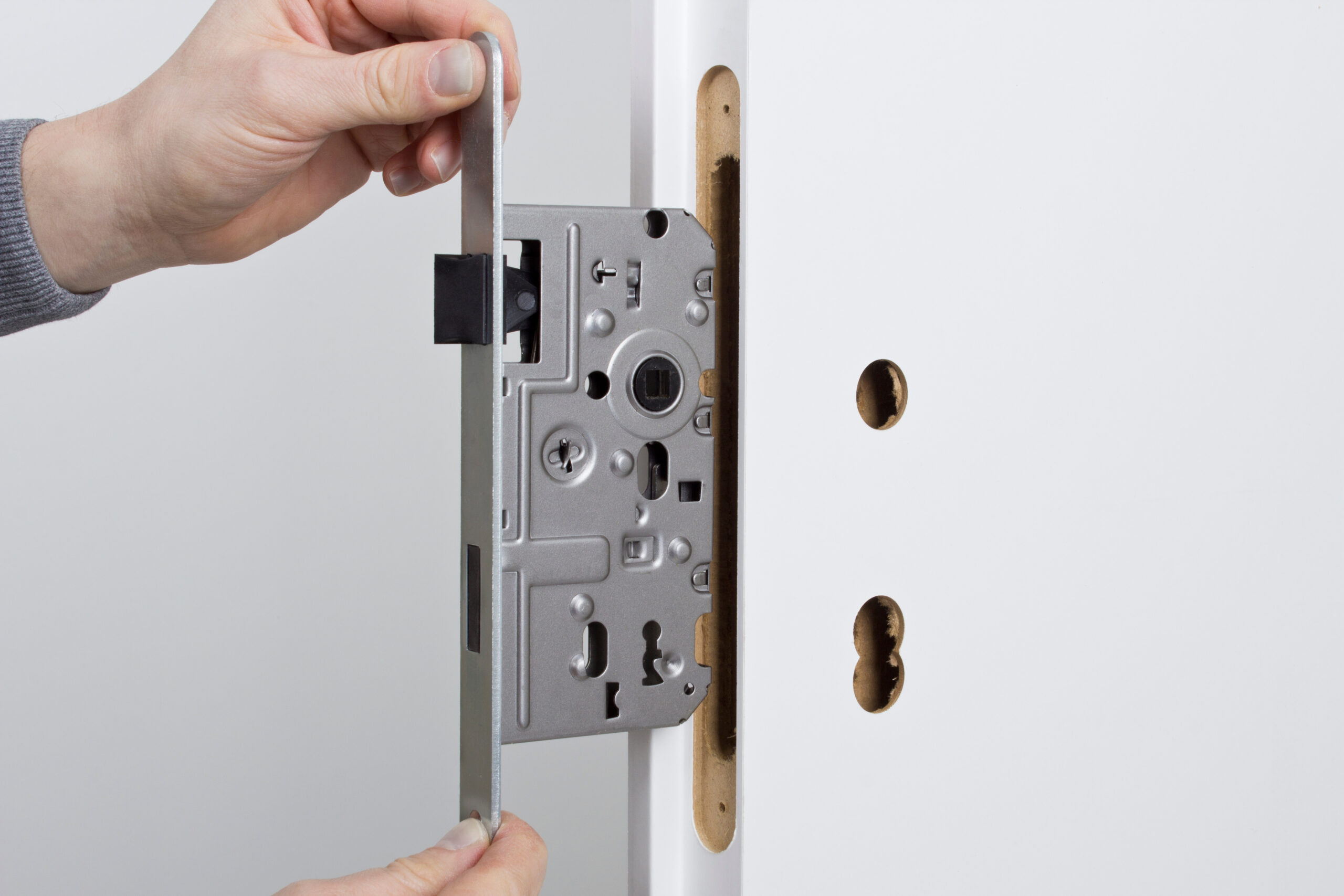
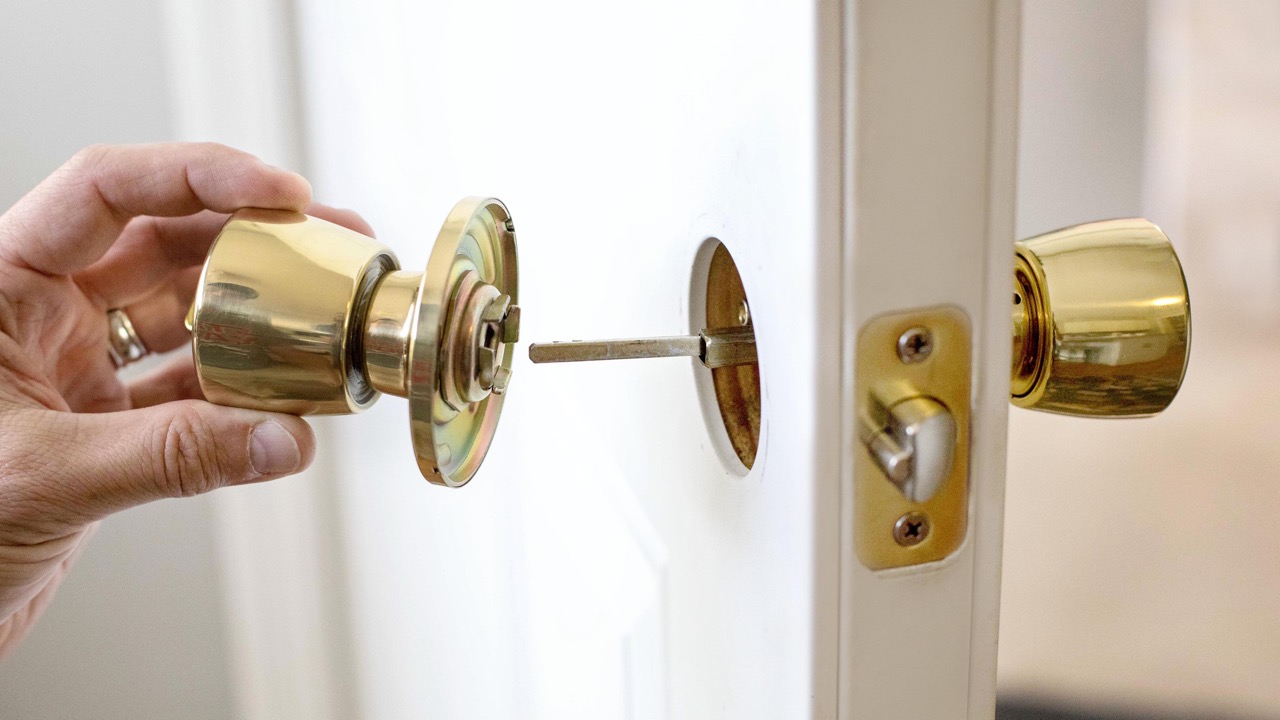
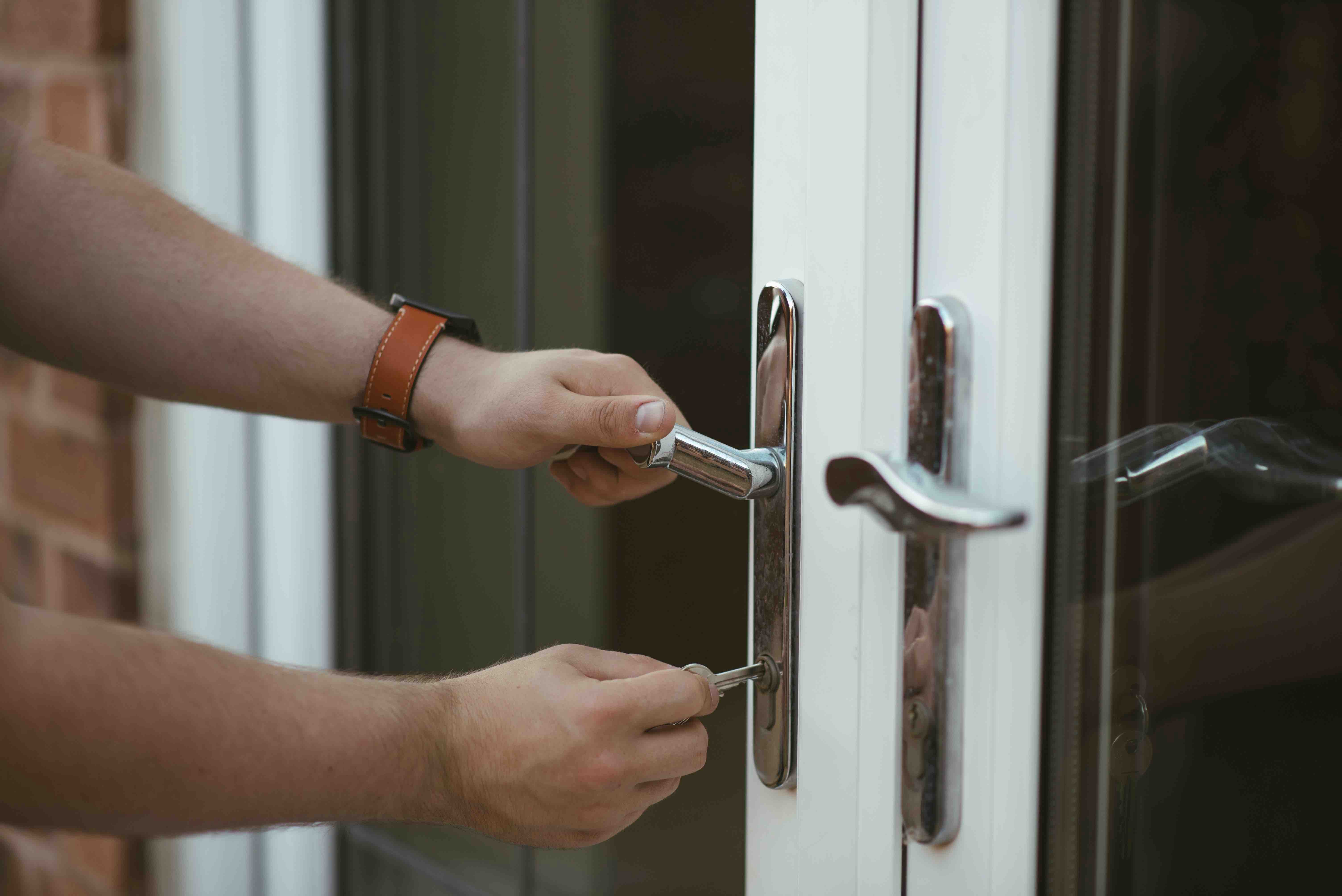
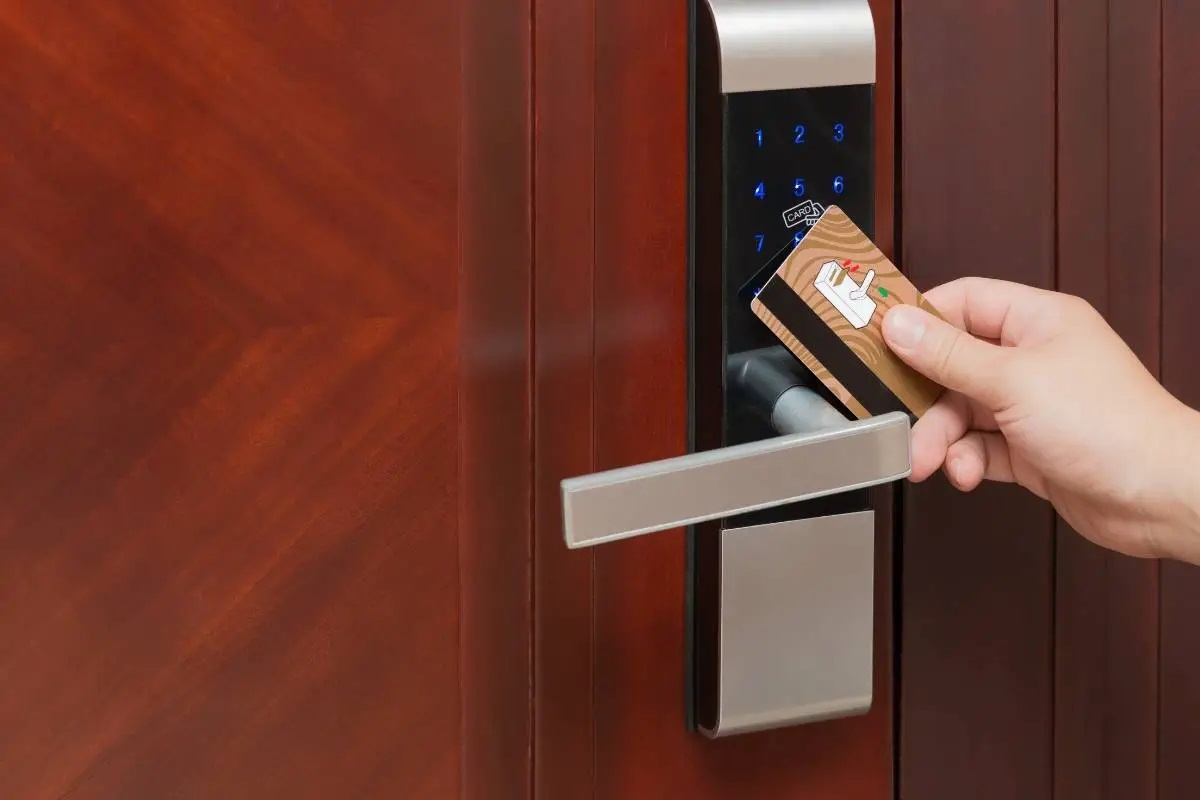
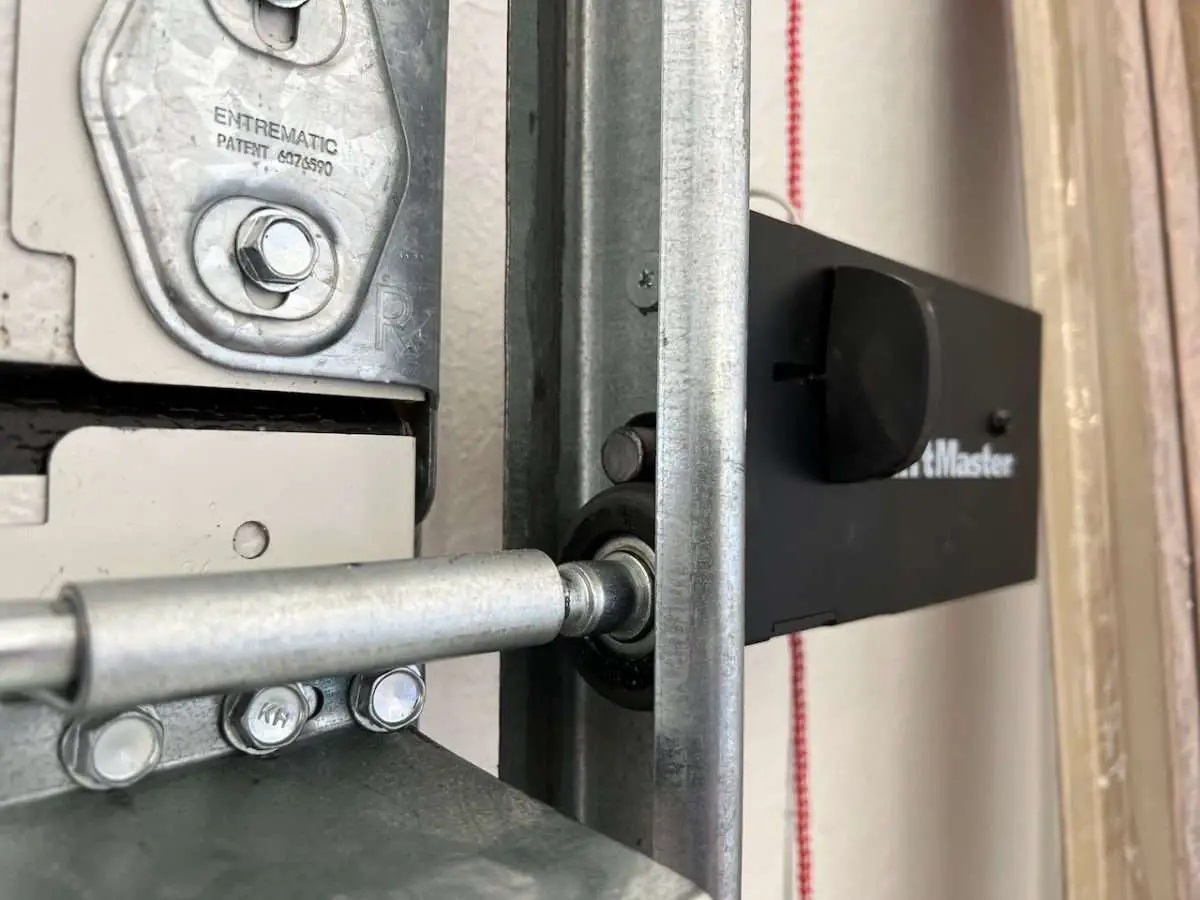
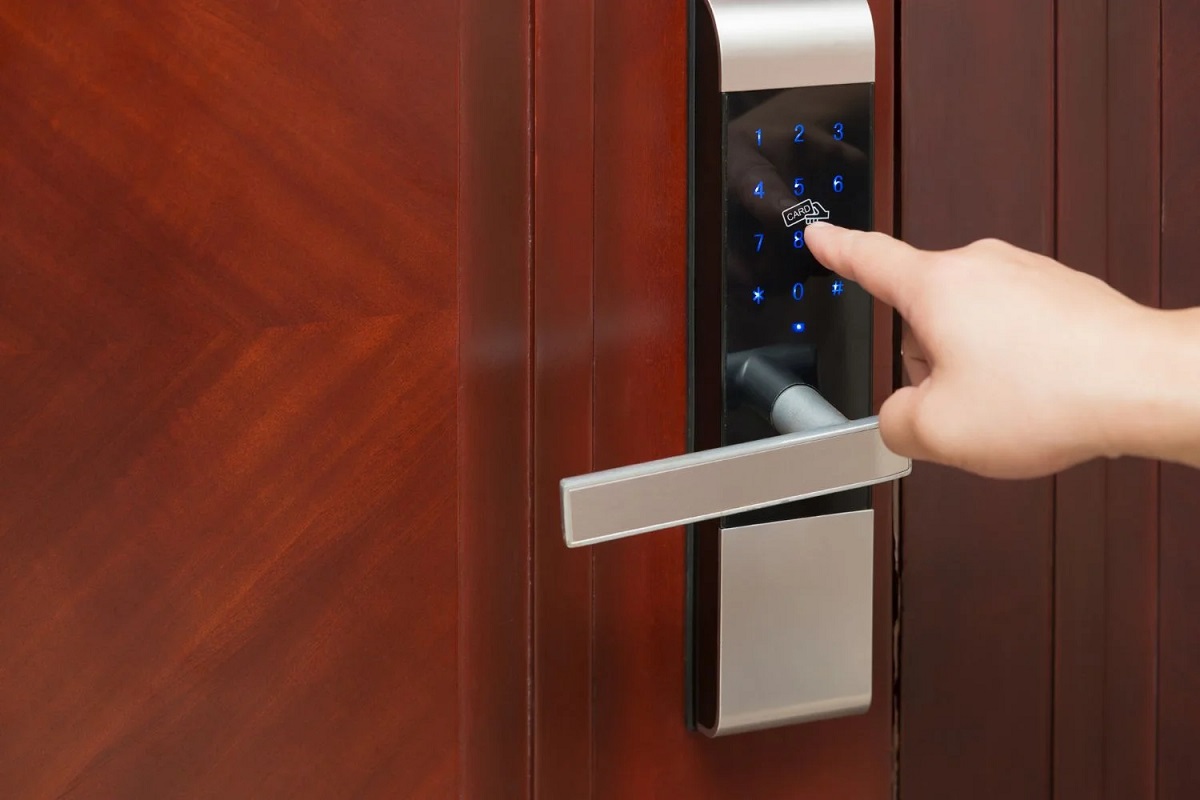
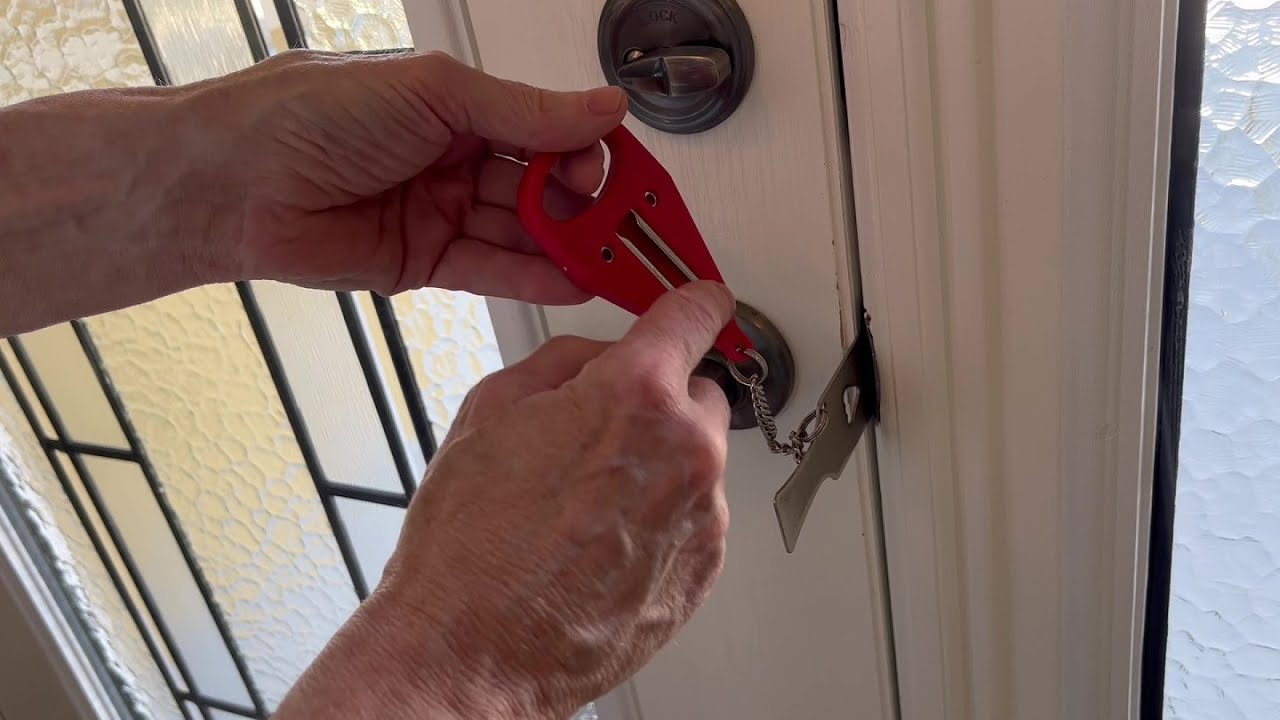
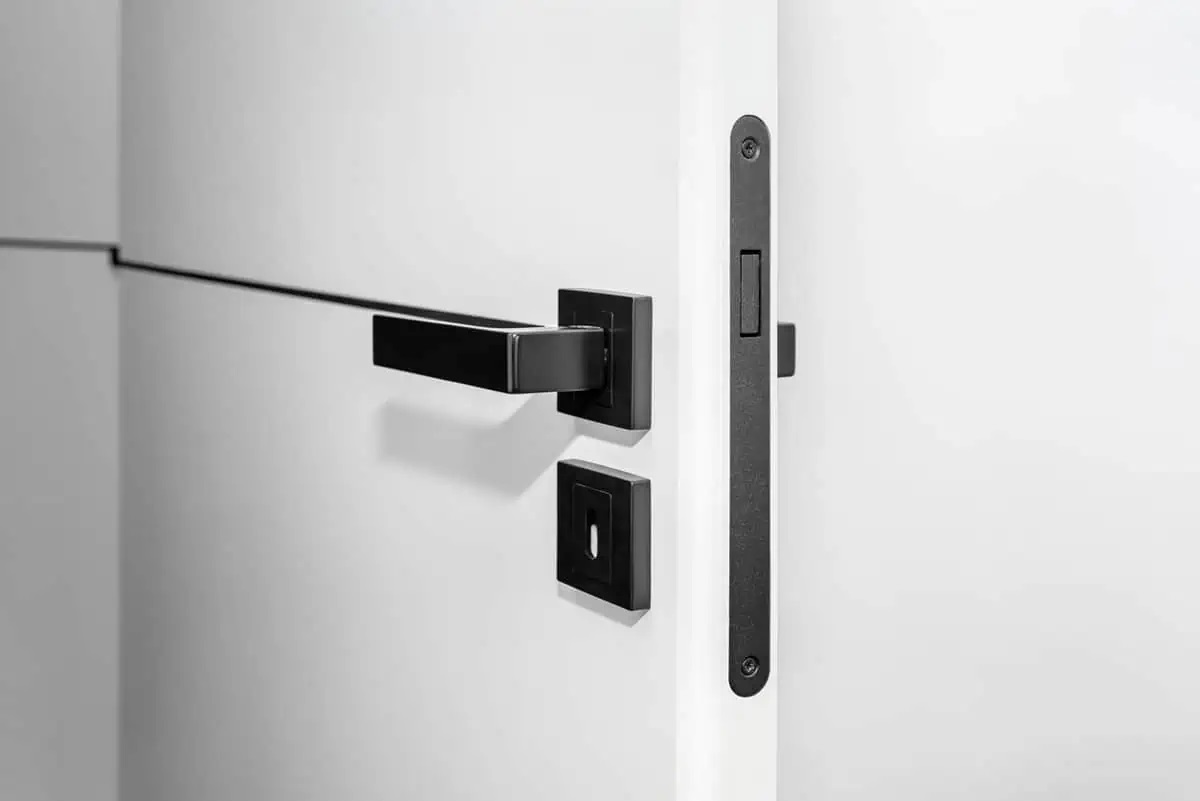
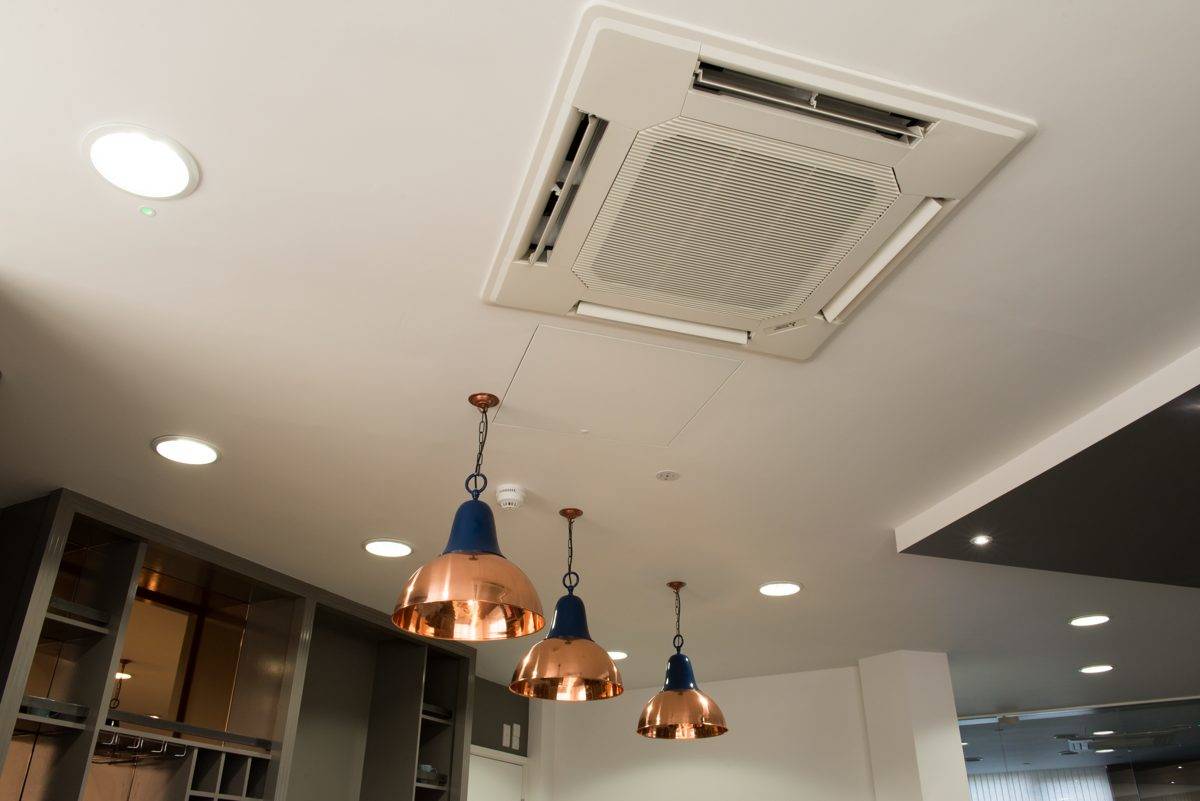
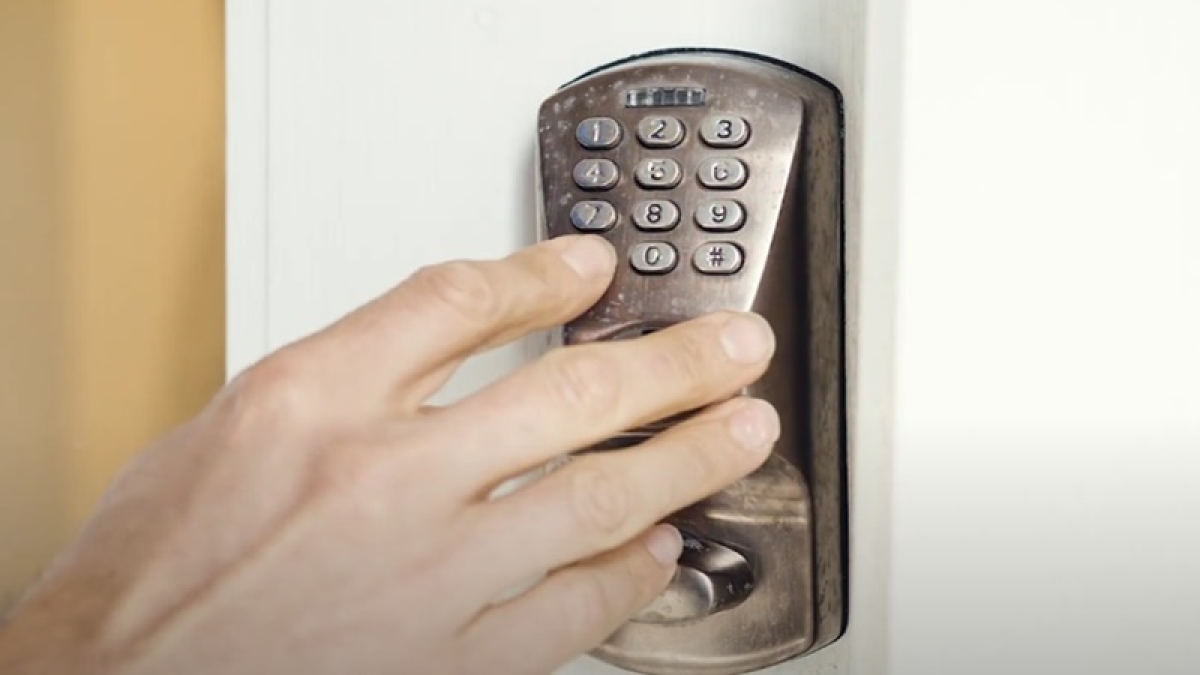
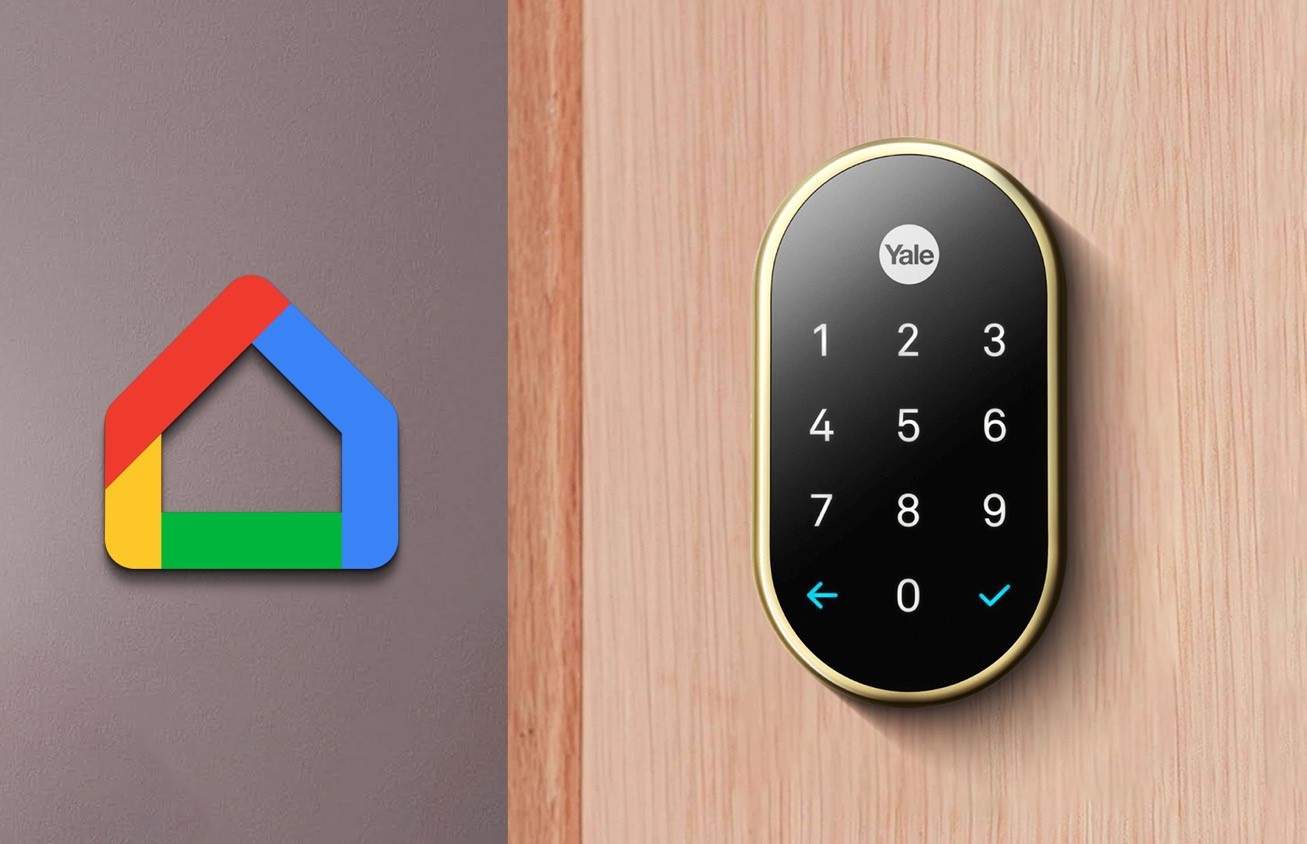
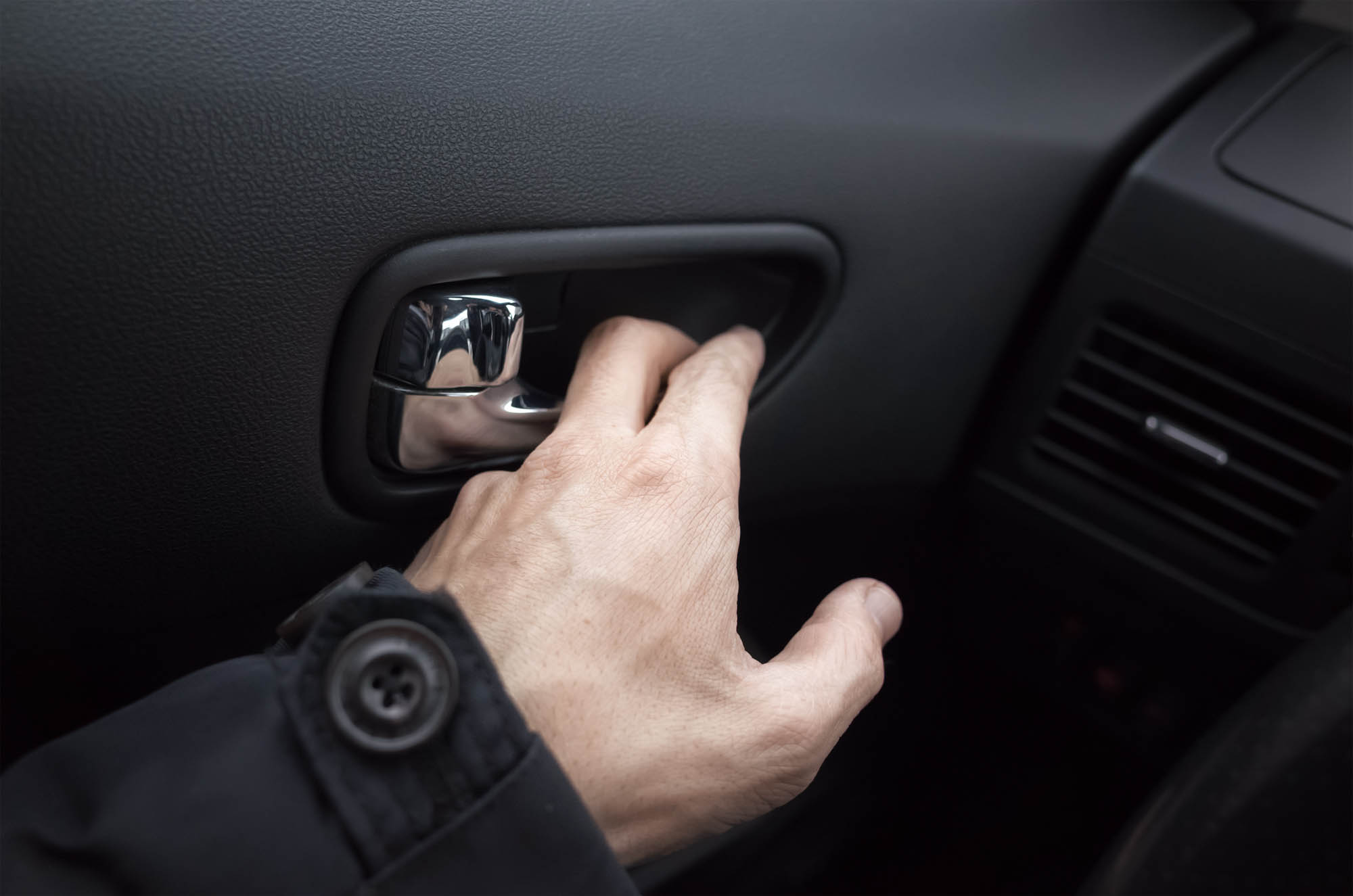
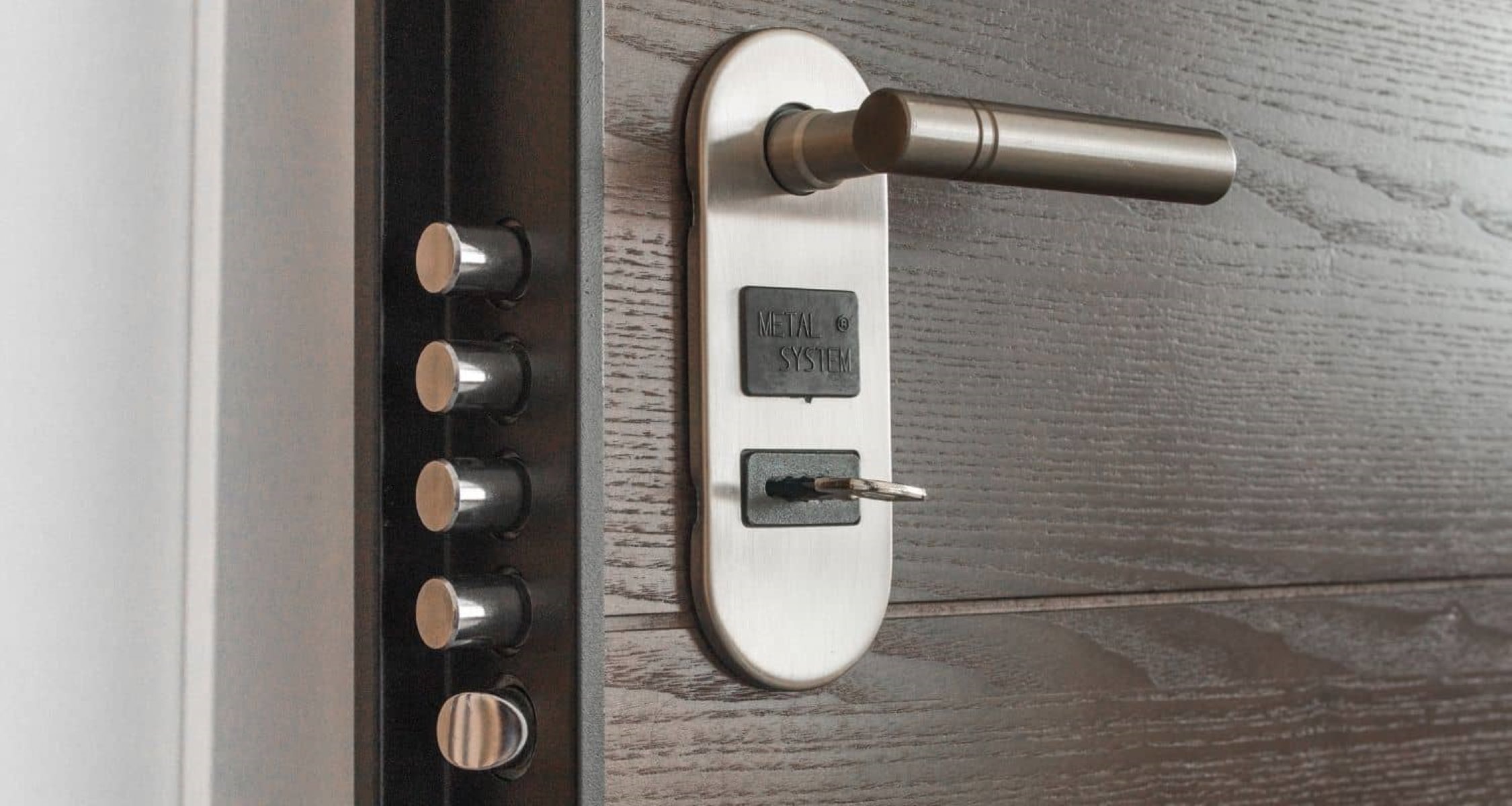
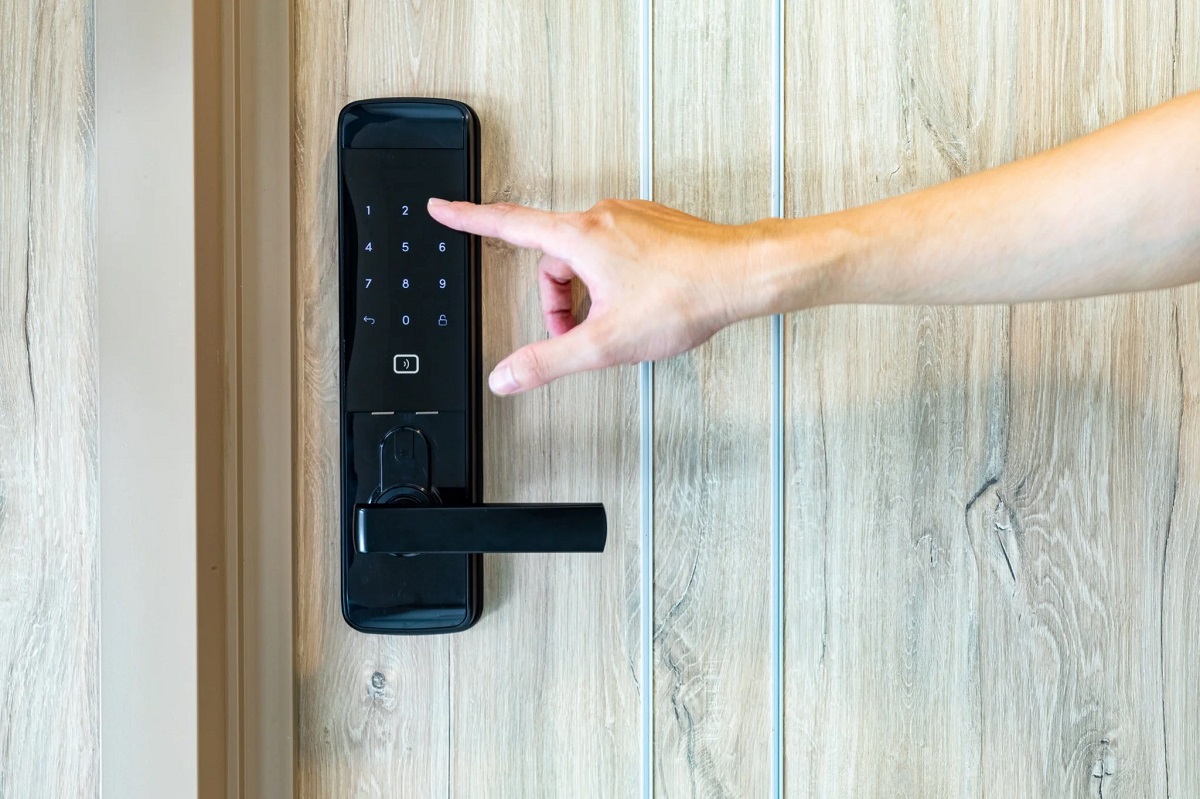

0 thoughts on “Hotel Door Lock System – How It Works”